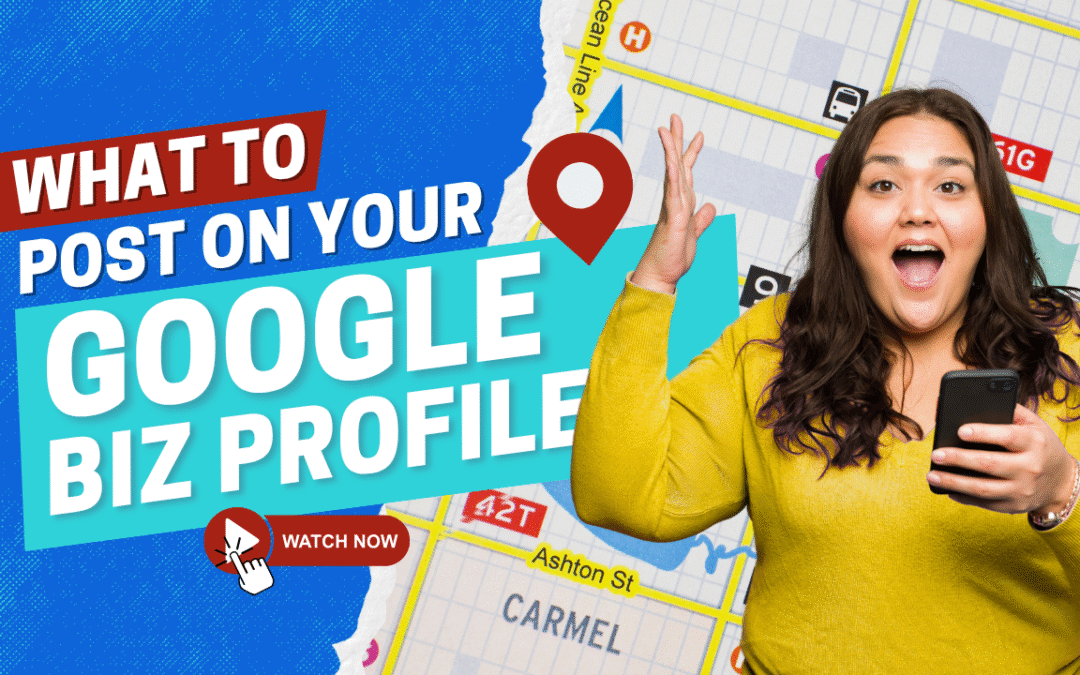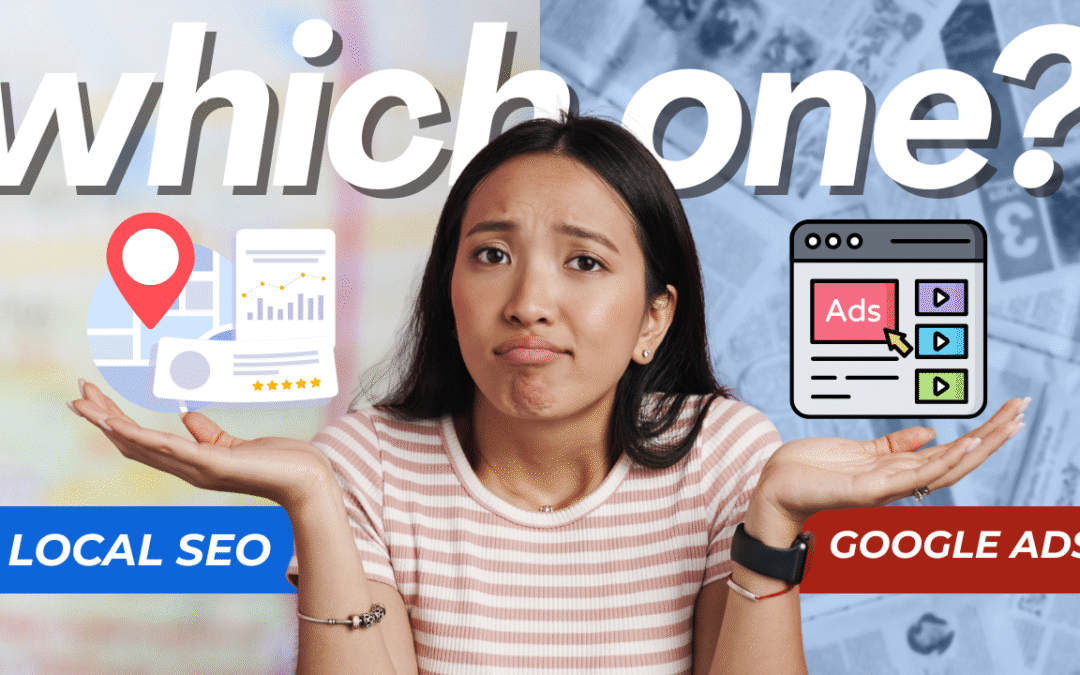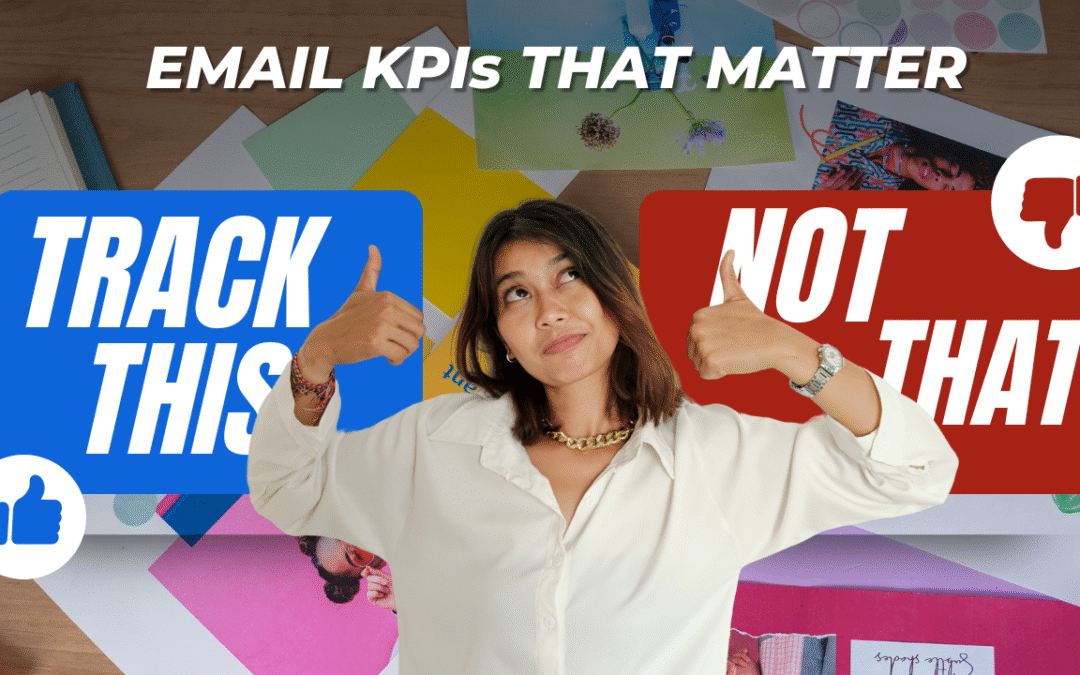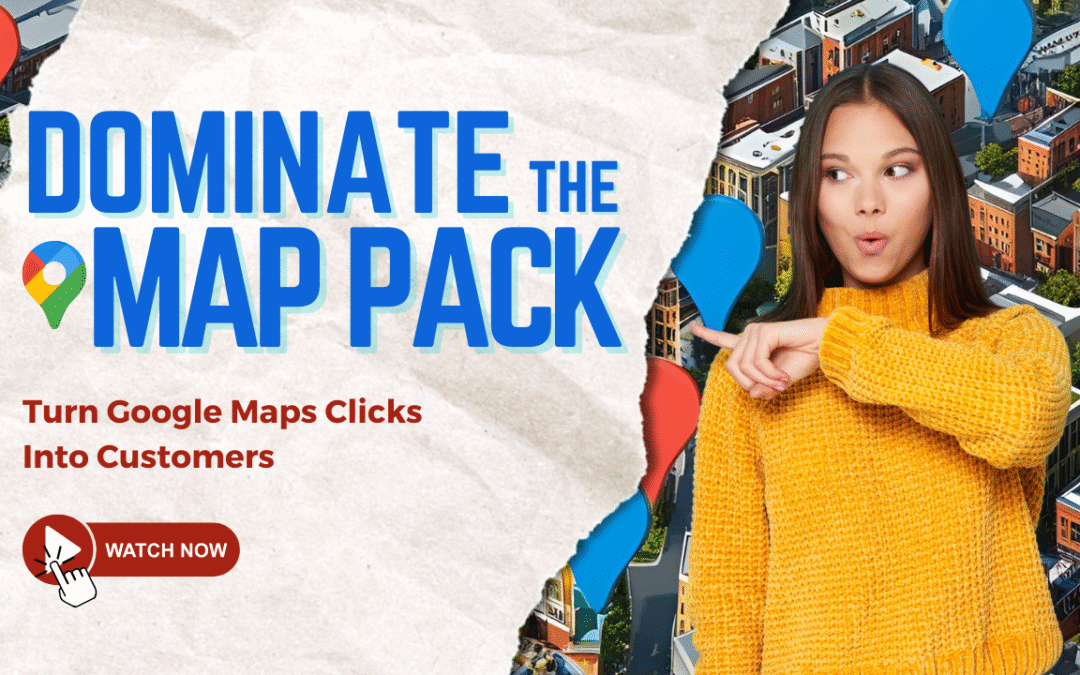
by SBMnjh2023 | Aug 4, 2025 | Digital Marketing, Marketing Tips, Other
Still treating your Google Business Profile like a one-and-done setup? That’s a common (and costly) mistake.Google Business Profiles (GBPs) are not static directories; they’re dynamic, local SEO powerhouses. If you want to stay visible in your local market, consistent...

by Shieldbar Marketing | Jul 7, 2025 | Digital Marketing, Marketing Tips
If you’re scaling a business, one of the most important marketing decisions you’ll make is whether to invest in Local SEO or Google Ads first. Make the wrong call, and you could end up burning cash on underperforming ads or missing out on organic traffic...

by Shieldbar Marketing | Jun 30, 2025 | Digital Marketing, Marketing Tips
You’re sending emails, checking open rates, and maybe even celebrating when they go up. But here’s the hard truth—open rates don’t pay your bills. Conversions do. The brands that grow consistently aren’t chasing vanity metrics. They focus on performance indicators...

by Shieldbar Marketing | Jun 23, 2025 | Business Mindset, Digital Marketing, Marketing Tips, Websites
If your business is showing up on page one of Google but not in the Map Pack, you’re missing out on the most valuable clicks. According to BrightLocal, the Map Pack earns 44% of all local search clicks. That’s nearly half your potential leads, gone to competitors who...

by Shieldbar Marketing | Jun 16, 2025 | Business Mindset, Digital Marketing, Marketing Tips, Websites
Web accessibility is often seen as a legal checkbox, but it is so much more than that. Businesses that prioritize accessibility don’t just reduce legal risk. They open the door to more customers, improve their SEO rankings, and ultimately close more sales. Let’s...

by Jennifer Cordero | Jun 6, 2025 | Digital Marketing, Marketing Tips
If you’re investing in SEO but ignoring your reviews, you’re missing a major piece of the puzzle. Google reviews are not just for credibility; they are a key driver of local search performance. When it comes to getting more inbound calls, foot traffic, and...







